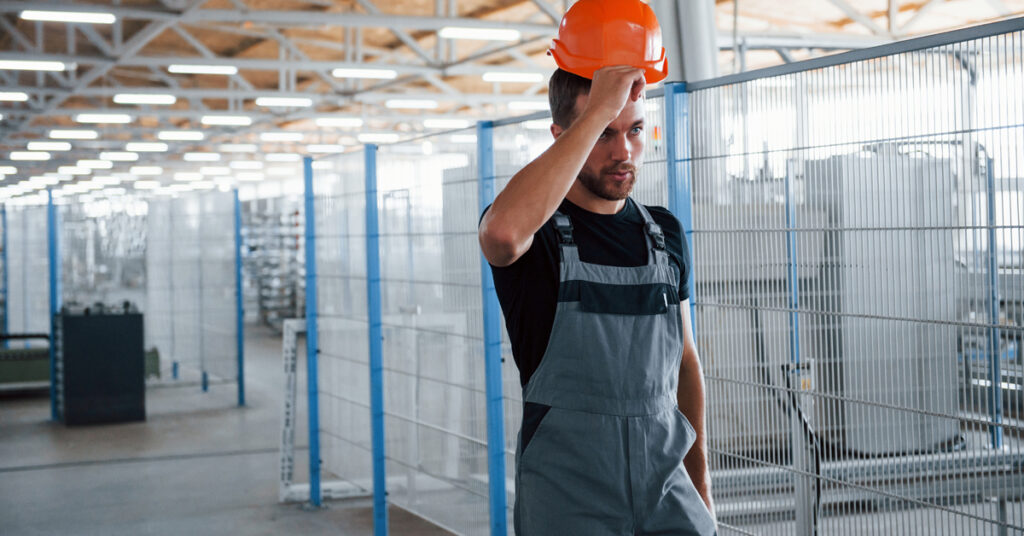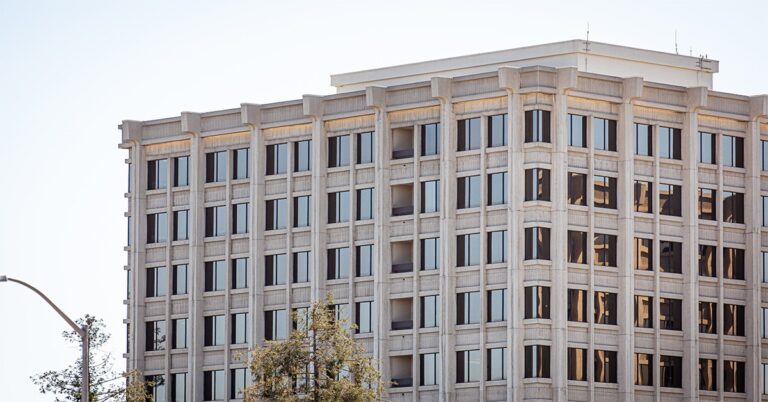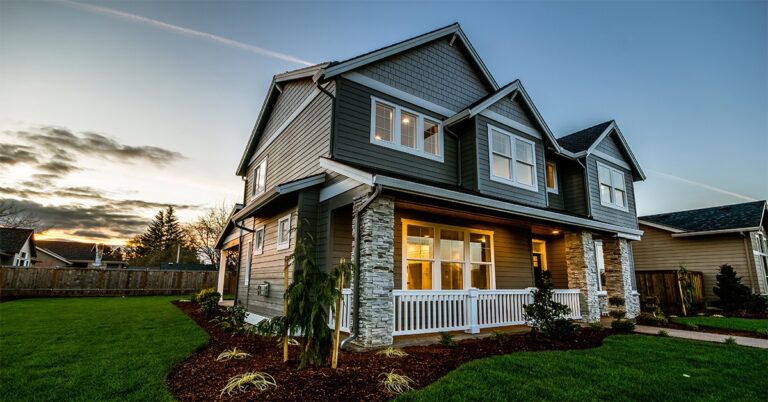The confluence of several headwinds over the course of 2022 have slowed the previously breakneck pace at which e-retailers and logistics firms have been gobbling up industrial space this year, and with the economy remaining unsteady, industrial demand looks to be on pace to regress toward pre-pandemic norms, according to NAIOP’s Third Quarter 2022 Industrial Space Demand Forecast.
The forecast, authored by economics professors Hany Guirguis of Manhattan College and Michael J. Seiler of William & Mary, calls for total net absorption of 112.4 million square feet of industrial space during the second half of 2022. That’s down from a net absorption of 151.2 million square feet during the first half of the year, and combining H1’s figure with H2’s forecast would leave 2022’s full-year estimate far short of 2021’s record-breaking year-end total of 432.5 million square feet.
NAIOP expects a further thaw in demand next year, with its full-year net absorption projection at 209.4 million square feet in 2023. The organization’s forecast was revised down toward the lower boundary of its previous forecast, which assumed that industrial space users in 2022 would stop leasing for upside and cease occupying more space than their current needs.
Certainly, that has been the case for many industrial tenants thus far, with a decrease in the rate of e-retail growth, lower pressure on international supply chains and the increasing costs of carrying inventory giving many companies pause amid a tepid economy. Amazon’s recent decisions to cut back on its expansion plans are the most pronounced example of this shift in demand.
Still, NAIOP’s forecast remains fairly bullish on the relative health of the industrial real estate market despite its cooling from 2021’s banner heights. Notably, the 12-month estimates for both 2022 and 2023 remain above the full-year figures seen just before the pandemic struck, with average net absorption from 2017 through 2019 at 196.5 million square feet. Industrial vacancy rates remain historically low, and while the delivery of new space has helped offset pent-up demand, the market remains out of equilibrium. NAIOP expects this trend to continue for “at least several quarters.”








